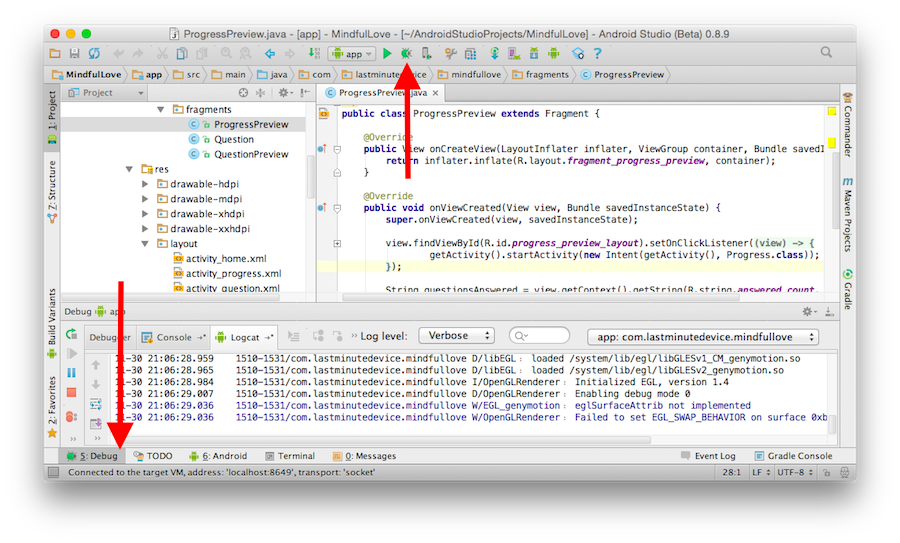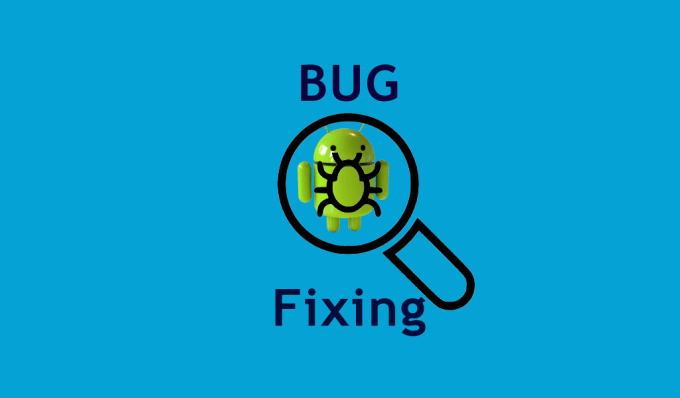


Want to add some additional information to your Views? You can do that by adding the annotation.Įxample. When building a local version of Chromium, the build tools automatically add android:debuggable=true to the AndroidManifest.xml, which will allow you to inspect them on rooted devices. Setting ANDROID_HVPROTO allows you to inspect debuggable apps on non-rooted devices. While your phone is plugged into USB, you can inspect the Android view hierarchy using the following command: ANDROID_HVPROTO = ddm monitor You can use either hierarchy viewer or monitor to see the Android view hierarchy and see the layout and drawing properties associated with it. envsetup.sh should have put it in your path. While your phone is plugged into USB, use the screenshot.py tool in build/android. Redirecting stdio to logcat, as documented here, has a bad side-effect that it breaks adb_install.py. # or: out / Default / bin / chrome_public_apk logcatĭo not use fprintf or printf debugging! This does not redirect to logcat.

view chromium verbose logging, everything else at warning level with: adb logcat chromium : V cr. out / Default / bin / content_shell_apk launch 'data:text/html utf-8,Hello World!' out / Default / bin / chrome_public_apk launch 'data:text/html utf-8,Hello World!' Log outputĬhromium logging from LOG(INFO) etc., is directed to the Android logcat logging facility. You can launch the app by using one of the wrappers. Get WebKit code to output to the adb log.Symbolizing Crash Stacks and Tombstones (C++).

Let's walk through using the debugger in Android Studio, to familiarize ourselves with this process and make future bugs easier to track down and address. It allows us to monitor our application in real time, and can provide additional insight regarding a connected device or emulator. Similar in name, the Android Studio version is also called the debugger. It can pause code, allow us to walk through code line-by-line, check what variables are, and more. This process is similar to using the console.log() method we learned in JavaScript, but with a few expanded options and functionalities.ĭo you remember using the JavaScript console and debugger in Intro to Programming and JavaScript? Android studio also offers a feature like this to assist in tracking down bugs and other issues. In the last lesson we learned about the Android Studio logcat, and how to record information to it using various Log methods.


 0 kommentar(er)
0 kommentar(er)
